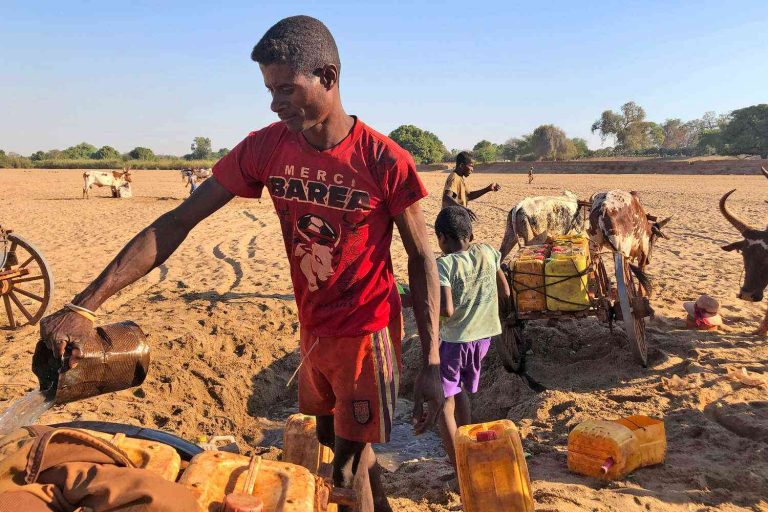Written by Rael Kawaoka, CNN
What’s the effect of climate change on water resources in the hyper-arid world of Madagascar ? A new study suggests that drought variability and sustained inundation in low-lying rainforests represent the biggest threats.
Published in the journal Environmental Research Letters , the study seeks to provide insights into how water systems in the world’s driest country — currently suffering from its fifth long drought in a decade — can adapt.
Zohra Garoubek, a research associate at the Bangkok-based Asian Institute of Water Sciences (AIRS), and her team looked at information from 44,700 lakes, rivers and aquifers.
(Meteorologists will be familiar with the state of the Murray-Darling Basin, after current and former prime ministers Tony Abbott and Malcolm Turnbull agreed in March to a plan to save the region. The basin covers 4.7 million square kilometers — the equivalent of 2.9 million square miles — and is one of the largest annual water transfers in the world.)
Biggest threats to water
The team found that in low-lying areas of Madagascar — commonly referred to as lapland — annual rainfall is typically 2 inches, with a maximum of 10 inches. The low rainfall levels were expected to increase with climate change, but the nature of the response remained unclear.
Lack of water prevented dense vegetation from taking hold of desert lands and led to evaporation and evaporation-induced flooding — which together represent the major risk to Lapland.
The study results showed that the main risk is posed by persistent flooding over low-lying areas, whereas drier land accounts for the most rainfall in the region, affecting larger parts of northern Madagascar, including La Plata.
Professor Zohra Garoubek speaks during a press conference in Bangkok on November 20, 2018. Credit: IMAGE VIOLENT YEAR
Since there’s little vegetation in La Plata, more moisture is likely to accumulate, which means the risk of continued flooding increases. According to the study’s findings, the reservoir of Lake Mara, which has been threatened by repeated floods, should have a maximum capacity of roughly 11,000 million gallons. However, the full extent of the reservoir in La Plata is often far less because the reservoir is located on dry land.
“The loss of water to climate change will always be on the minds of the poor in La Plata,” says Garoubek, adding that she hopes that the results will act as a catalyst to help tackle the landscape adaptation challenges that could be posed by climate change.
“We saw a direct correlation between frequency of floods and persistence of drought over low-lying rivers,” says Garoubek. “The large-scale fluctuations, accompanied by continuous flooding, can cause permanent change of the wetlands and vegetation in La Plata and lower the crop production. These findings are the first to outline the key contribution of low-lying floods to socio-economic development in lapland.
